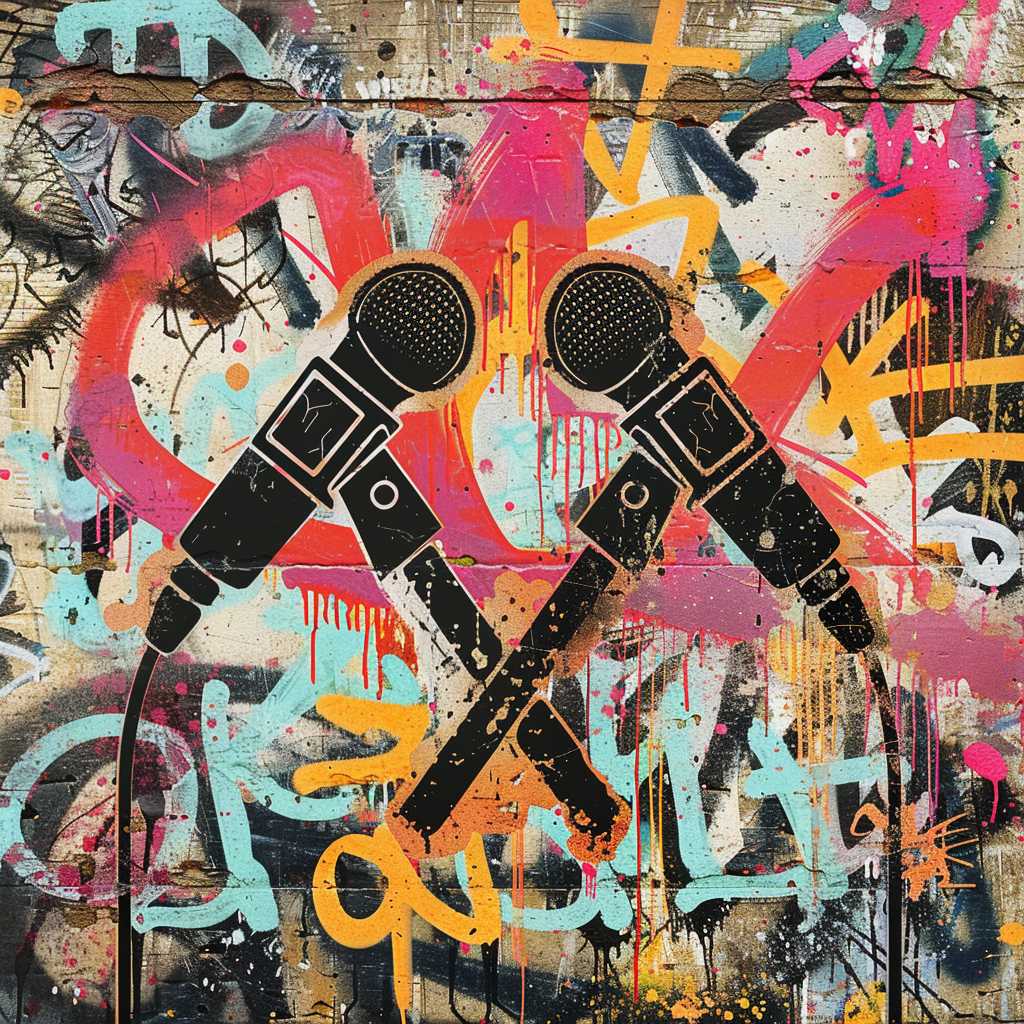The Craft and Impact of Diss Tracks in the Music Industry: A Look into Drake’s Notable Contributions
Diss tracks have long been a staple within the world of music, particularly in hip-hop. Rappers use diss tracks as a means to settle scores, draw lines in the sand, and sometimes to elevate their game through lyrical warfare. One notable rapper who has engaged in this practice is Drake. The Canadian artist, whose lyrical ability and commercial success have made him a standout figure in the music industry, has been at the center of various feuds that have produced memorable diss tracks.
A Brief History of the Diss Track: Setting the Stage for Contemporary Feuds
Diss tracks originated from the competitive nature of hip-hop, encouraging rappers to showcase their prowess by directly addressing their rivals. This tradition has given birth to many famed tracks over the decades, influencing artists across generations and validating the concept of conflict as part of the genre’s cultural fabric.
Drake, whose real name is Aubrey Drake Graham, entered the music scene with a mix of introspective lyricism and catchy hooks that quickly garnered him attention. However, his journey has not been without controversy or competition—components that are often the catalyst for creating diss tracks.
Notable Feuds and Drake’s Diss Tracks: Chronicling Clashes Through Lyrics
The rap superstar’s tenure has seen several high-profile feuds that escalated to diss tracks. These musical responses are not only a test of creativity but also serve to solidify positions in an ever-shifting hierarchy within the hip-hop community. Here are some notable instances where Drake used his pen to strike back at detractors:
–
Meek Mill vs. Drake: Perhaps the most famous feud involving Drake was with Philadelphia rapper Meek Mill. The clash turned into one of the most talked-about moments in Drake’s career as it produced “Back to Back,” a Grammy-nominated track that swiftly responded to allegations that Drake used ghostwriters—a significant charge in a genre that prizes authenticity.
–
Pusha T vs. Drake: Another highly publicized conflict was with veteran rapper Pusha T, who took aim at Drake’s credibility in his track “Infrared.” Drake shot back with “Duppy Freestyle,” showcasing his readiness to engage with his peers through a mix of personal jabs and braggadocio.
–
Common vs. Drake: Although this feud didn’t escalate as much publicly, it did result in Drake releasing “Stay Schemin,” which included veiled references to his issues with Chicago rapper Common. Analyzing the Lyrics: Illusion and Allegory in Drake’s Disses
Analyzing the Lyrics: Illusion and Allegory in Drake’s Disses
Diss tracks from Drake often mix overt confrontations with more subliminal murmurings. They require listeners to decode and understand the references, creating a puzzle that entices audiences and strengthens fan engagement.
This nuanced lyrical dance allows for various interpretations and further analysis about whom the lines may be directed at, adding layers to tracks that extend beyond simple insults.
The Repercussions and Cultural Reception of Diss Tracks
The impact of diss tracks can be monumental, potentially altering public perception and shaping the careers involved. Tracks like “Back to Back” left an indelible mark on Meek Mill’s career—with many critics praising Drake’s approach—while simultaneously elevating rap battles to new heights.
However, the intent and aggression behind diss tracks are also subject to scrutiny within broader cultural discussions about negativity and bullying within music, leading some observers to critique their validity in modern discourse.
Economic Implications: How Feuds Fuel Finances
Industry insiders note that feuds can be financially lucrative. They generate immense conversation on social media platforms, increase streaming numbers, provide content for media outlets, and sometimes influx sales for all artists involved—turning lyrical battles into an entertaining form of revenue.
Notes
Concluding Remarks: The Double-Edged Sword of Hip-Hop Feuds
While feuds and subsequent diss tracks can be seen as negative forces that promote animosity within the music industry, it’s undeniable that they play a significant role in the culture by pushing artists towards greater lyrical ingenuity and providing listeners with engaging narratives.
These conflicts have shaped Drake’s career just as much they have holy ground immersion for enthusiasts of a genre dedicated to cunning wordplay, relentless retaliation, raw emotion, and intense competition.
Image description:
A stylized graphic depicting two microphones crossed like swords atop a backdrop of hip-hop influenced graffiti art.
